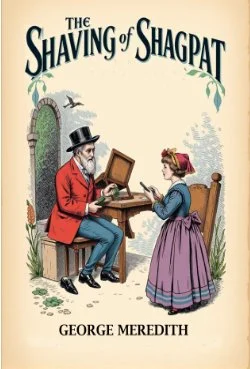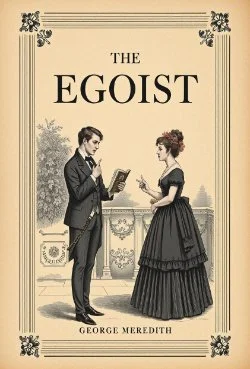By George Meredith (Author)
Set in an imaginary Oriental landscape, The Shaving of Shagpat follows the humble barber Shibli Bagarag, who embarks on an epic quest to perform the symbolic and dangerous act of shaving Shagpat—a powerful figure whose enchanted, unshorn hair represents the tyranny of falsehood and delusion over the minds of men. The narrative is populated with genies, enchantresses, magical cities, and perilous tasks, weaving a tapestry of adventure that operates on both the literal and allegorical planes. At first glance, The Shaving of Shagpat appears to be a whimsical fantasy—an exotic romance filled with the familiar trappings of Eastern fable. Yet beneath the surface lies a sophisticated commentary on the nature of truth, illusion, and the moral evolution of the individual. Meredith uses the framework of fantasy not merely to entertain but to craft a parable about the necessity of intellectual courage and the struggle for personal enlightenment.
For contemporary readers, the book remains a fascinating artifact of literary daring—a playful yet profound reminder that the struggle against illusion, whether in the form of personal vanity or societal falsehood, is both eternal and essential. In The Shaving of Shagpat, Meredith offers not only an enchanting fable but also an enduring meditation on the human condition.
Read-Me.Org Inc. New York-Philadelphia-Australia. 2025. 242p.





















